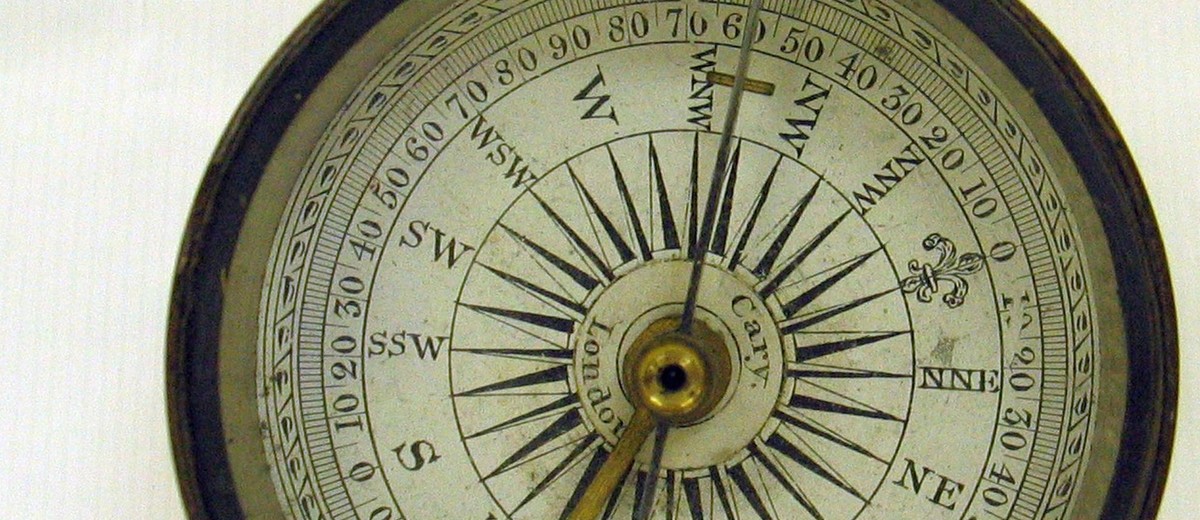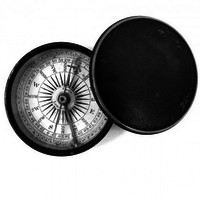Brass compass, believed to have been used by John William Billiatt.
History
This compass is believed to have been used by John William Billiatt on the successful 1861-1862 expedition with John McDouall Stuart across Australia, from Adelaide to Chambers Bay, east of the present site of Darwin. Billiatt was the cousin of Stephen King, the surveyor and draughtsman, who was also a member of the expedition party. Billiatt was employed as a cook's assistant on the expedition and was commended by Stuart for his 'thoughtful, generous and unselfish conduct throughout the expedition'. The compass was donated by a descendant of both Billiatt and King, Mr B Vickery.
Significance
Stuart's transcontinental crossing of Australia is recognised as one of the most significant events in the history of Australian exploration. Stuart and his party were hailed as heroes upon their return to Adelaide, and the journey they took became the basis for the route of the first overland telegraph. The members of Stuart's party became signficant public figures in their own right, with Billiatt gaining fame as a public speaker where he gave his account of the expedition, enthralling audiences with his stories about the hitherto unknown Australian interior and about the party's survival in adverse conditions. Billiatt also promoted emigration to South Australia and was part of the party of colonists who unsuccessfully attempted to create a new settlement in Paraguay.
Description
Brass compass with brass cover, white painted face with cardinal and twelve intermediate points, each ten degrees, numbered by quadrants and with zero set at north and south. Steel needle set on edge with pin to indicate north. Brass stop arm activated by push button on rim. Manufacturer’s name printed on small circle around centre pin. ‘Carey/London’ and the name ‘Billiatt’ scratched on lid.



Add your comment